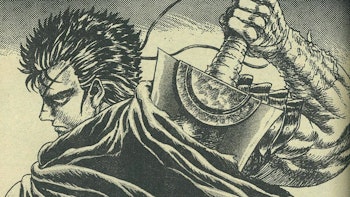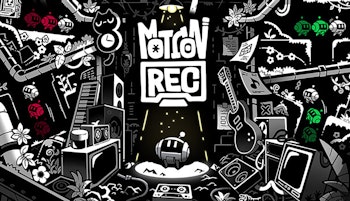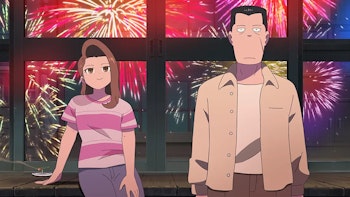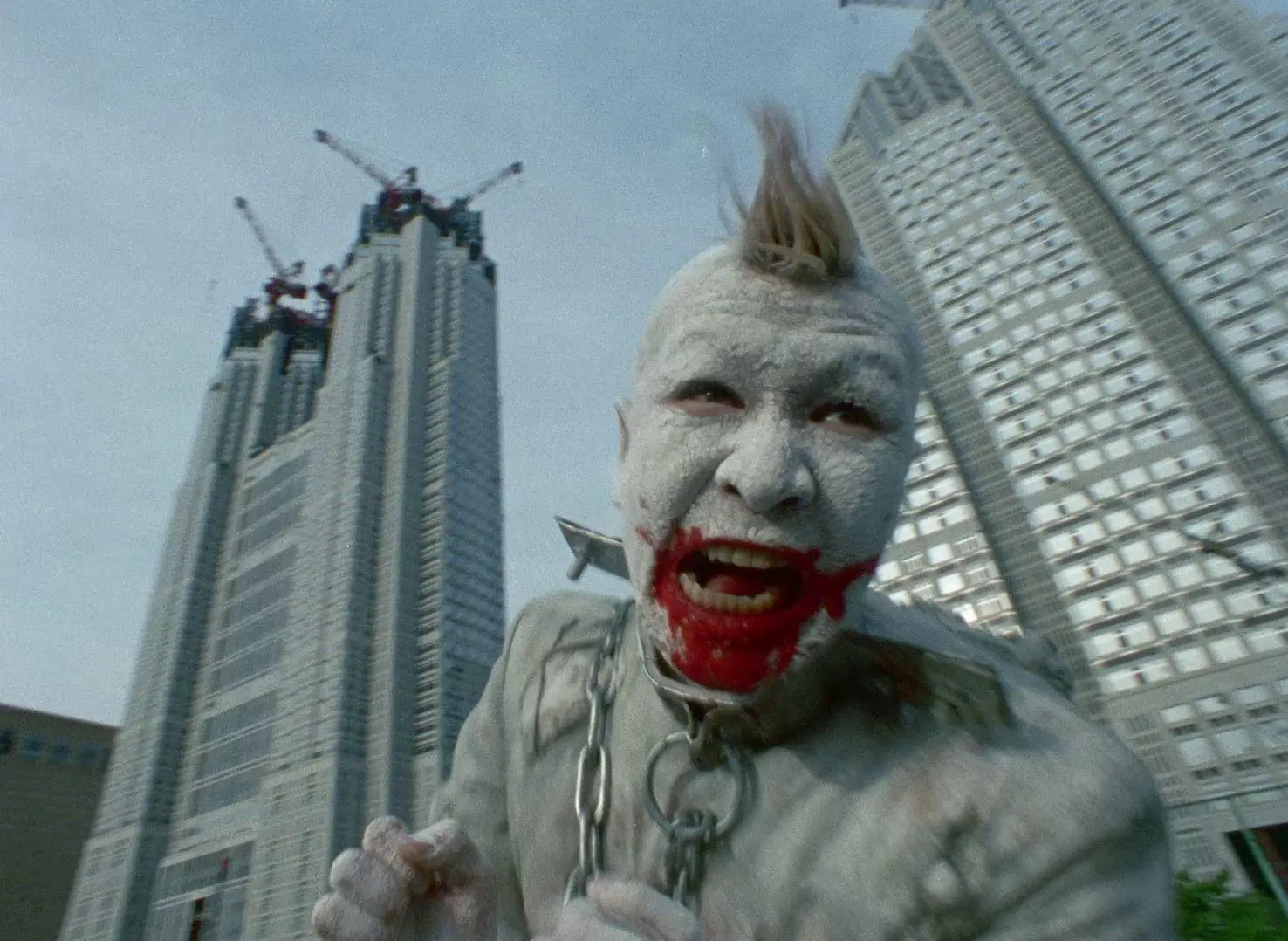
In the very first scene of 964 Pinocchio, we cut frantically between a threesome in a love hotel and a bloody experiment by a crazed scientist in the depths of a hospital. Par for the course for an underground cyberpunk-infused gross-out film with a middle finger pointed firmly at the establishment, perhaps, but also the film at its tamest as the erectile dysfunction-suffering Pinocchio embraces the depths of depravity over the next 90 minutes. It shocks, it offends, and you can’t look away.
For all some may find ample reasons you can feel such an antagonistic, extreme feature should never see the light of day, the ways this film contorts an angry society into an extreme counter to mainstream disillusionment is exactly what makes this film so engrossing. No wonder the K’s Cinema in Shinjuku chose to lead a charge to bring the film back to cinemas, 34 years on from its initial release. Building on the work of peers like Shinya Tsukamoto or Gakuryu Ishii, 964 Pinocchio is a film that carries on the punk guerilla filmaking tradition and earns its place amidst the pantheon of underground cinema.
The titular Pinocchio is a cyborg sex slave, who is soon discarded by his owners for his failure to maintain an erection. His memory wiped, he’s left to aimlessly wander when he falls into the lap of a homeless woman named Himiko, who together find some camaraderie and seek to learn about the truth of their condition.

The film contorts itself above the surface of an already-outlandish subcultural underground movement by the sheer force of its extremity in both content and style. It’s a film following deliberately in the footsteps of movies like Burst City and Shinya Tsukamoto’s Tetsuo: The Iron Man, a fact that should come as no surprise considering director Shozin Fukui assisted in the production of Tetsuo and the works of another veteran of the genre, Sogo Ishii. Even prior to that, his links to the extreme rock and underground punk and anti-culture movements left him in more unique company that made the more outlandish elements of such a movie appear almost second-nature to him.
And let’s make no mistake, this is an extreme film, though less for violence or sexual content inherent to the genre more for how it aggressively targets the conventions of a typically-functioning society (and in turn the audience) by throwing away form for disorienting incomprehension that itself becomes a sort of commentary. If anything there’s a certain touching nature to the way that these two memory-wiped individuals find each other on the streets, Pinocchio causing alarm as their single tuft of spiked mohawk and tattered fashion finds the solitary Himiko.
There’s care in how they help them with their name and take them around. While Himiko attempts to teach Pinocchio his name he takes him around a supermarket repeating the word as they stumble through the aisles. Though he acts more like a zombie, there’s still care and humanity in dragging him through the aisles without causing chaos. Similarly, as she leaves him in Ikebukuro Station for a moment, she ensures he blends in with a hat and clothing before panicking and running through the station when she realizes the corporate creators of Pinocchio are searching for him, only to find him nowhere to be seen.
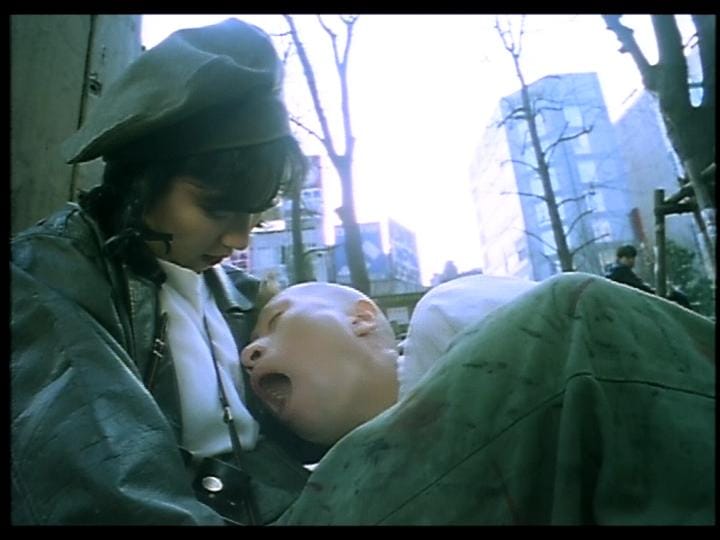
As the search continues and the descent to madness occurs from here, however, this is where the film’s most confrontational aspects begin to take root. Aside from select sequences involving the former owner of Pinocchio and other cyborg sex slaves, much of the film is shot in guerilla form on the streets of Tokyo or inside stores. The cinematic choices only become more extreme in genuinely-uncomfortable ways over the remainder of this 97-minute feature, directly confronting the public and thus its audience with the antics of two people beyond the conventions of human society.
Even in these quieter moments, Pinocchio’s actions and body language alongside his appearance are far from the norms of human society. As he falls and stumbles you notice the unsuspecting public judging from the sidelines. As Himiko loses herself more and more she falls and rolls inside her own convulsions and vomit. In a cyberpunk genre known for the ways it directly confronts its audience, even that can pale into seeing Pinocchio, lost of any prior connection and tied down by a weighty pyramid attached via chain, running through the public streets of Shinjuku to the shocked sight of onlookers. If the camera is not convexly centered on his screaming face, it showcases the public literally jumping and fleeing from the terrifying sight of a crazed clown running towards them, all as its unnatural electronic rock music contorts into noise.
You could compare it to the ever-increasing extremity of IRL streamers in the age of social media, a fact that now merely causes anger as yet-another nuisance streamer blasts a speaker on a train or disrespects others. But these scenes are never shot with the intent to insult but the intent to shock the public and audience alike, coming across both as more engrossing and more intrusive for their creation in a pre-social media world. Fukui has spoken on how he was inspired not just by his contemporaries but films like The Evil Dead that led to the creation of the on-the-cheap ad-hoc shaky-cam rig used for many of these shots in 964 Pinocchio, as well as Andrzej Żuławski's Possession in its acting, to create these sequences, moments that still now stand as some of the most striking of the genre’s peak in the late-century.
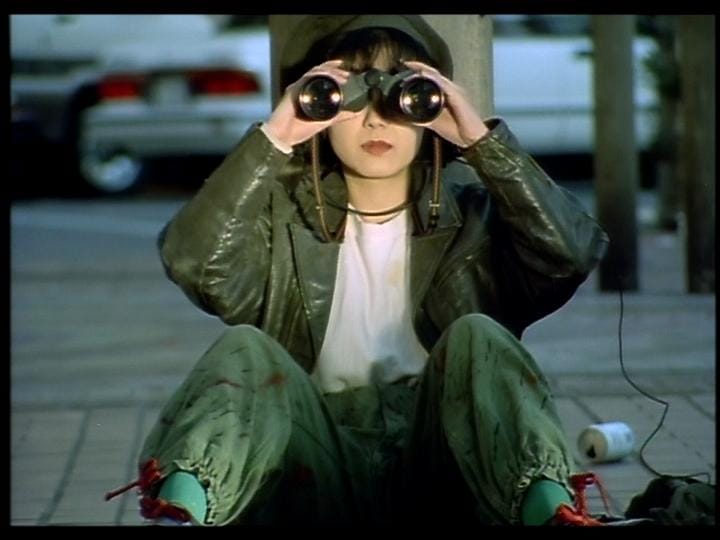
Often these bold moments mask a story that loses any sense of typical structure or easy-to-follow narrative thread, but even this feels somewhat deliberate. For both our characters as they descend further into these extreme moments, there’s little in the form of connective tissue that makes narrative sense beyond the initial set-up. Yet even this feels purposeful: as both memory-wiped people lose even the sense of what remained, nothing around them makes sense beyond screaming at a world that sees them as disposable.
Ironically, this incomprehension is the tissue that brings the film together, allowing the film to soar. In losing a sense of self you lose grip of society, of reality itself, contorting your actions and identity till there’s nothing left. In response, they lash out on the world around them, the ones responsible for leaving them in such a state.
Even in this realm of underground cinema, few films feel this confrontational with the world in which it was shot or its audience. It’s uncomfortable viewing, both in its visceral nature and watching the clash between an unsuspecting public and its cast in full effect on screen. It’s intense, bold, and unlike anything else produced today. Even if the context of a 1990s Japan losing a sense of self is lost, its impact remains as you feel strapped down to your chair and unable to look away from the events unfurling in front of you. Bringing it back to cinemas allows it to once again attack its audience in the way it was always meant to do, messing with the minds of a new generation.
